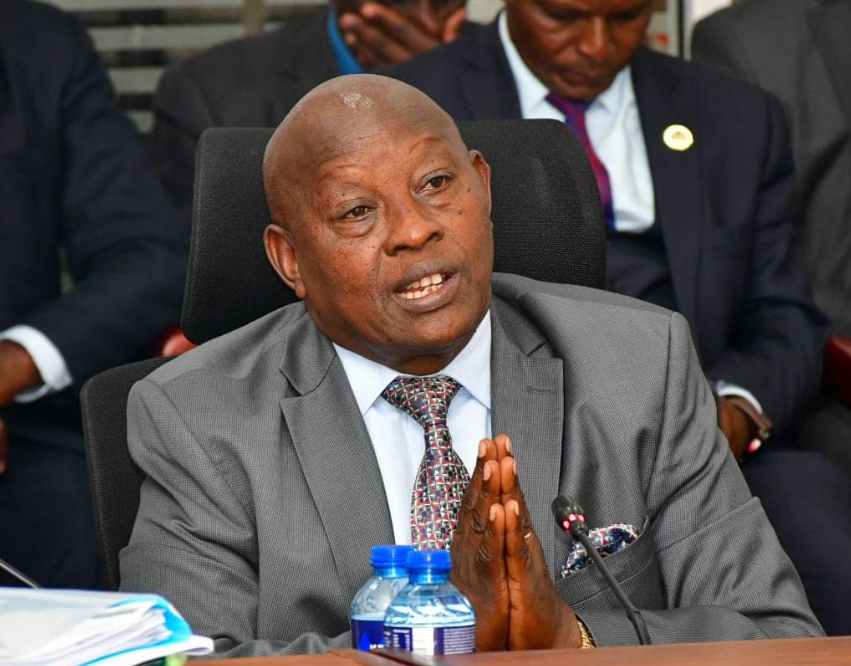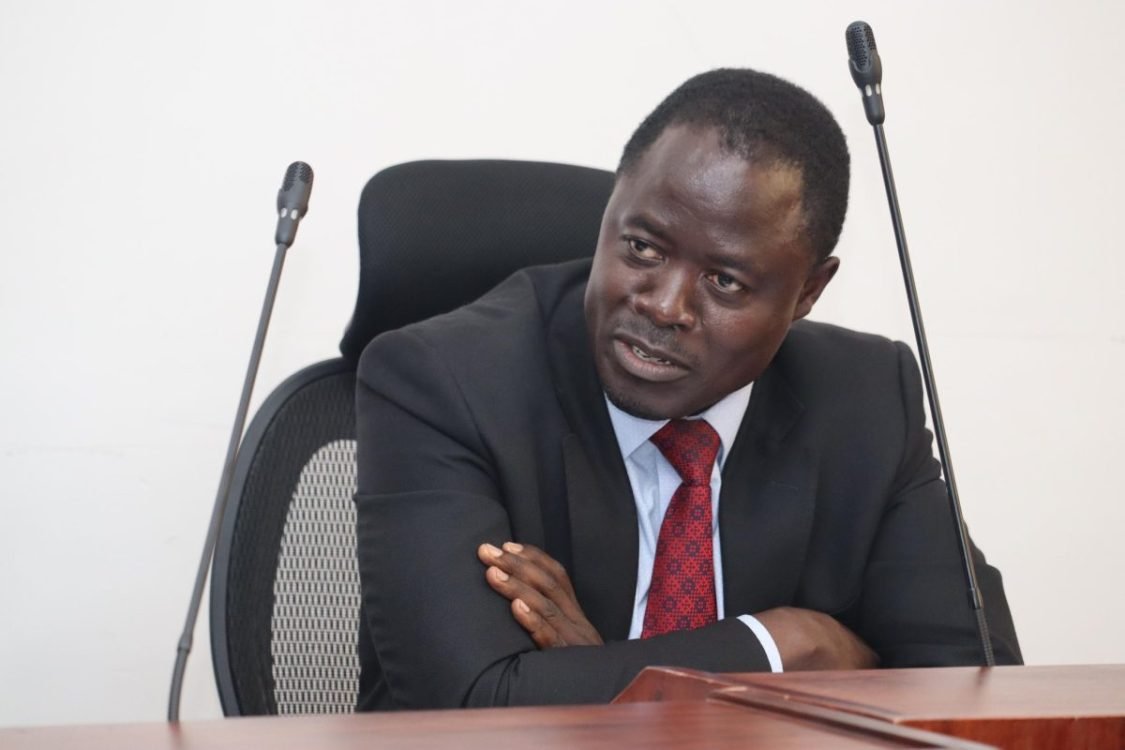State’s big headache in tracing 1.2m learners

Reuben Mwambingu @reubenmwambingu
More than 1.2 million learners in primary and secondary institutions from 10 counties are currently out of school and cannot be traced, leaders from the Frontier Counties Development Council (FCDC) bloc have disclosed.
This is despite President Uhuru Kenyatta’s order directing the Ministry of Education to ensure all learners, including those who conceived during the long holiday prompted by the Covid-19 pandemic, report back to school following the full re-opening of learning institutions on January 4.
In his Jamuhuri Day speech, the President directed the ministry to “re-issue and publicise the education policy on school re-entry to facilitate the re-admission of all of those who may not be able to report due to pregnancy”.
The 10 counties in question include Turkana, West Pokot, Samburu, Isiolo, Mandera, Wajir, Garissa, Tana River, Lamu and Mandera.
Primary schools have the largest deficit at 821,790 pupils, followed by pre-primary classes at 288,350 and secondary students at 185,680, bringing to 1,295,820 the total number of learners out of school.
In a statement, Mandera Governor Ali Roba (FCDC chair) and the vice chair Mohamud Ali (Marsabit), Josephat Nanok (Turkana), Moses Lenoolkulal (Samburu), Dhadho Godhana of Tana River, Lamu’s Fahim Twaha, Dr Abdi Isaack, Deputy Governor of Isiolo and his Wajir counterpart Ahmed Mukhtar, said at least 107,556 primary and secondary school students “dropped out of school during the Covid-19 pandemic between March 2020 to date”.
According to the leaders, Mandera has the highest number of learners out of school at 265,000, followed by Garissa (255,870), Wajir, 237,400, Turkana, 224,270 and Marsabit (94,3200).
“Half of the people in the FCDC region are illiterate and this situation only worsens an already dire situation,” Roba said: “Sustainable development is largely dependent on literacy levels. What it means is that this region will be left behind if the situation of lack of access education persists.”
They appealed for intervention by the Ministry of Education and President Uhuru to help arrest the situation and ensure children in those areas get access to basic education.
The leadership cited severe teacher shortage and growing insecurity associated with Al Shaabab terrorist invasions as key reasons for the growing cases of school dropouts and dwindling access to education.
According to the leaders, counties such as Mandera, Wajir and Garissa have been hit with teacher staffing gaps after the Teachers Service Commission withdrew non-local teachers citing security challenges brought about by the terror group.
Contracts sharply
In Mandera County, for instance, there is an enrolment of 112,924 learners against 295 schools and 2,251 classes. There are 128 teachers and a shortage of 1,707 tutors.
Similarly, there are 57 secondary schools with 364 classes and enrolment of 11,308 learners but the number of teachers on duty is only 424. The shortage of teachers stands at 437.
The report’s figures contrast sharply with data from the Education ministry which appears to downplay the situation on the state of return to school with Cabinet Secretary George Magoha indicating that there is no crisis.











